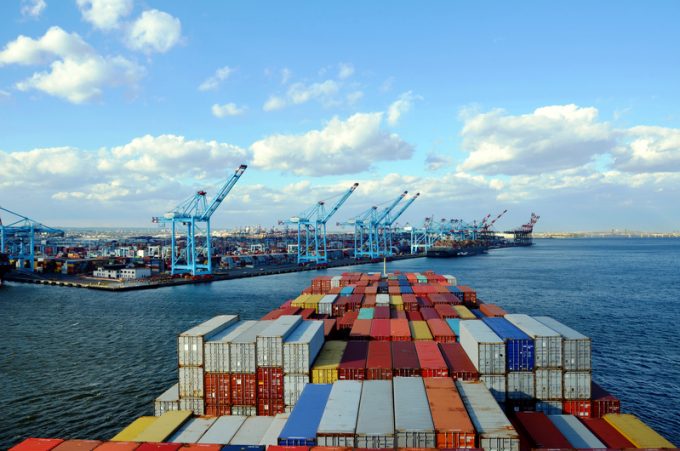Freightos – Q1 25 results
PRESS RELEASE Freightos Reports First Quarter 2025 Results May 20, 2025, 07:00 ET – First Quarter Revenue ...

Containerised imports into the US are expected to break through the 2m teu mark this month, for the first time since last October.
But according to the monthly Port Tracker, published by the National Retail Federation (NRF) in collaboration with maritime consultancy Hackett Associates, monthly volumes ...

Comment on this article